Decision Theater Hawai‘i County
Entering phase 2









Ecosystems around the world are currently experiencing failure to different degrees. The same is true for systems of health, society, economy and geopolitics.
Achieving sustainable futures will require us to regenerate health in all dimensions of these complex adaptive systems. Traditional engineering approaches will not suffice because they cannot account for the interrelated complexities these challenges present. Instead, harnessing the intrinsic regenerative capabilities within each system will be crucial. Interventions need to be targeted at stimulating the adaptive capacities within these dynamic complex systems.
This requires us to make smart decisions which acknowledge the multifaceted aspects of each system and incorporate diverse viewpoints and knowledge sets. The goal is that these efforts, each with their own dimensions of complexity, would align in purpose around improving planetary health in its most comprehensive sense.



Hawai‘i is the ideal opportunity to collectively develop our ability to regenerate systems towards a state of improved planetary health by aligning multiple knowledge systems, perspectives and interests. Supporting these transitions is the mission of ASU’s Decision Theater.



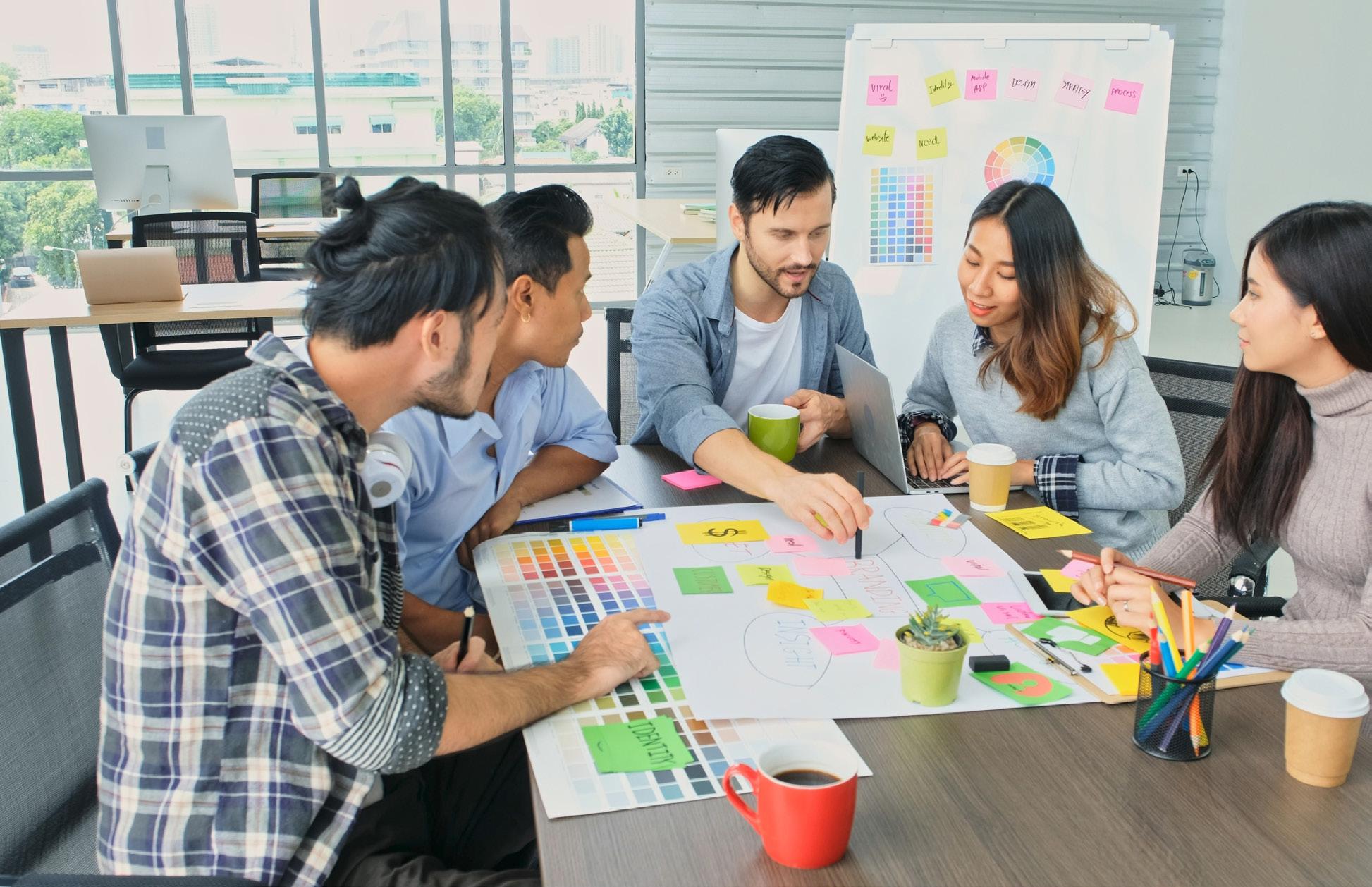

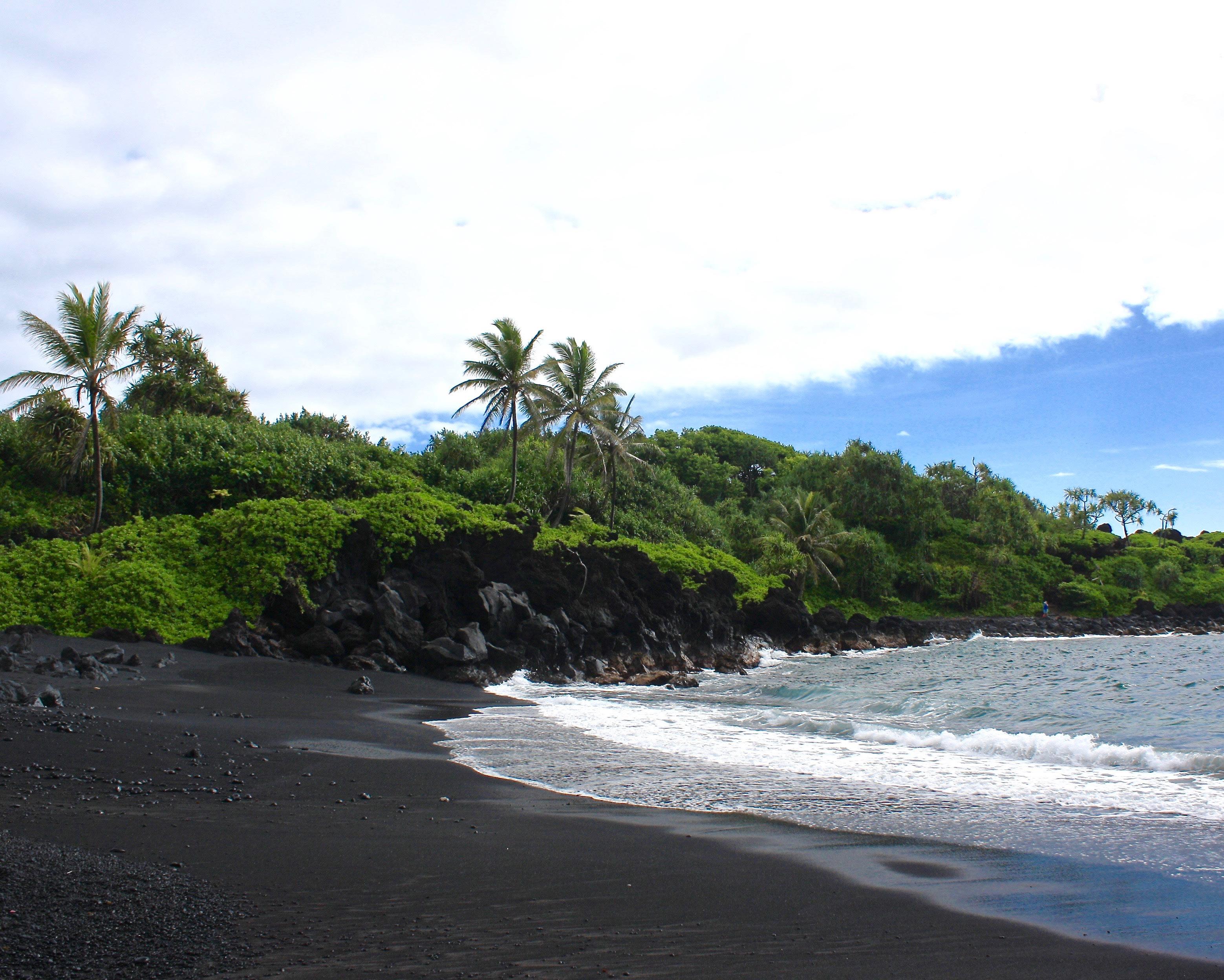
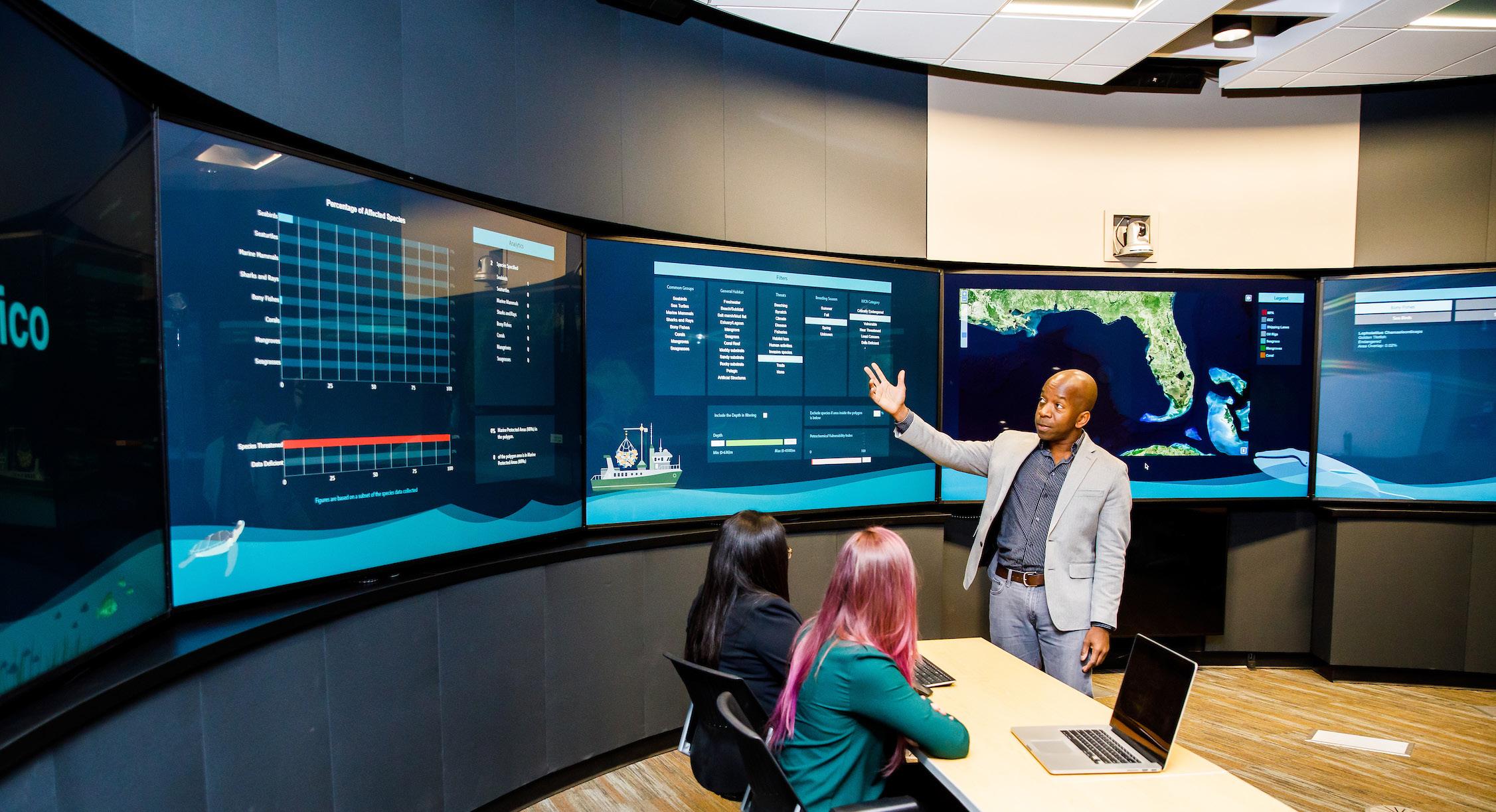



Decision Theater addresses complex real world challenges by integrating the best insights of science, people, and data and translating them into tools for action - at the pace the real world requires.
Together with stakeholders and partners, including those who would be impacted by the decisions our tools support, we co-develop interactive scenarios of possible futures that reflect the complexity of the world with clarity to act.
We provide an integrated suite of services and tools that enhance understanding and communication of complex challenges to enable productive deliberations, foster alignment of disparate viewpoints, put hypothetical decisions to the test, and empower action.
This suite is built on a 3-pronged foundation that leverages Human-Centered Design, Data Analysis and Modeling, and Advanced Technology into a unified process. These components inform and enhance one another iteratively, resulting in products that are simultaneously:
• Data-based
• User-friendly
• Grounded in the real world knowledge of diverse stakeholders
• Tailored to the specific decision-making context
This dynamic, iterative process results in tools that evolve in response to real world needs and inputs, ensuring more effective and meaningful outcomes by helping communities to align behind a shared vision of the future and providing actionable insights when and where they are needed.
Additionally, our tools are modular by design to allow for easy reuse and adaptation to different contexts for added benefit.
At Decision Theater, we tackle global challenges by addressing them on a regional scale. A regional frame allows us to integrate local knowledge, context, and values, ensuring that solutions are not only effective but also feasible, desired, and implementable. It is also the scale at which real world decisions are made.
Regions – whether they are defined as a town, a state or a multi-country area – provide a flexible and scalable framework for fostering alignment of diverse viewpoints and generating insights for decision-making. By focusing on the unique complexities within a region, we can achieve actionable results that lead to greater efficiency and impact while still providing insights and modular tools that can be scaled to other regions. This approach enables us to address a wide array of topics, including biosphere regeneration, education, and health innovations, all within specific regional contexts and at the scale of impact.


As a naturally contained, geographically distinct society, the island of Hawai‘i faces the same challenges felt around the globe — such as sustainability, economic development, health, and ecosystem regeneration — amplified on a pinpointed, regional level. Hawai‘i has also set ambitious sustainability goals, making it an ideal place to pilot new strategies for environmental and social resilience.
Decision Theater’s work in Hawai‘i perfectly exemplifies our Regional Transformation approach. By co-creating solutions with local stakeholders and helping them to align behind a shared vision for the future, we are not only addressing Hawai‘i’s specific needs but also developing insights and strategies that can help inform approaches to similar challenges around the globe.
Completed in 2024, the first phase of our work in Hawai‘i was focused on developing an interactive data-based prototype to begin addressing Hawai‘i’s unique challenges in ways that fostered alignment behind a shared vision for a more resilient future.
Central to this phase was an iterative process of community engagements to ensure the tools were co-created with local stakeholders to reflect their needs, values, and priorities. This human-centered design approach built trust, fostered collaboration, and ensured the prototype was deeply rooted in the community’s lived experiences and local knowledge. In addition to enhancing the quality of the tools, these methods also increase the likelihood the final tools will be trusted enough to be utilized in real world decision-making.
There were three components to the Phase 1 Prototype:
1. Process to Playbook
2. State of the Region
3. Scenario Models

A key component of the prototype was the Process to Playbook approach, which documented and modularized the methodologies and processes developed throughout the project. This playbook captures the co-creation strategies, community engagement practices, and iterative design frameworks that were integral to the project’s success. By formalizing these processes, the playbook not only serves as a guide for continuing work in Hawai‘i but also provides transferable lessons and tools that can be applied to similar projects in other regions. This approach ensures that the innovative methods piloted in Hawai‘i can drive meaningful, community-centered solutions both there and beyond.
The next major component of the prototype was a State of the Region data visualization system, which integrated over 60 data layers into a visually engaging platform. This tool provided stakeholders with historic and current data snapshots of various attributes of Hawai‘i, enabling them to explore, analyze, and compare interconnected systems such as housing, water, land-use, health, and the environment. Similar to the playbook, this platform was designed modularly to be easily adapted and reapplied to other regions with their unique data sets.
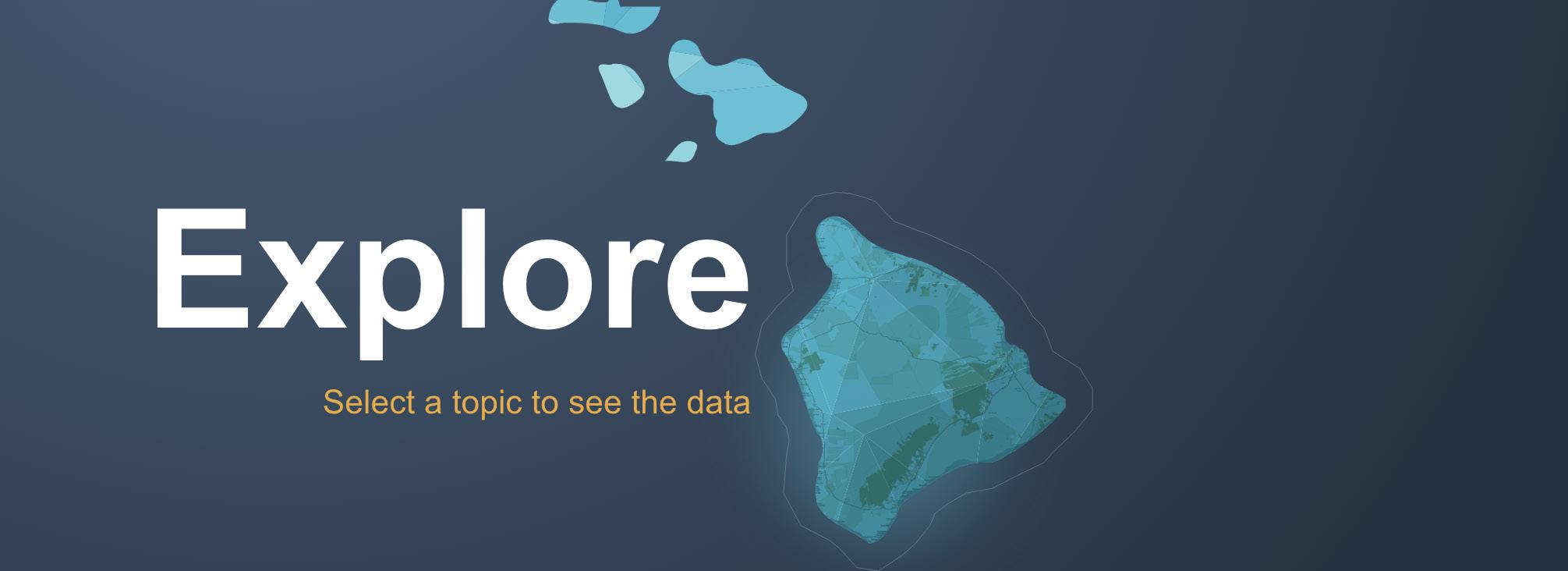




The third and final component of the prototype was the development of Scenario Models which took the form of two separate 7-screen integrated models that empower dynamic exploration of future scenarios tailored to specific focus areas:
• One of these, shown first above, addressed workforce and industry development. It allows stakeholders to see the occupations and industries currently in a selected census tract or Moku, explore which other industries would be best suited to the current workforce in that area, compare tradeoffs in what those industries offer across a set of different possible priorities, and get insights into the gaps between the current workforce and the skills that would be needed to support the industry selected as a possible future.
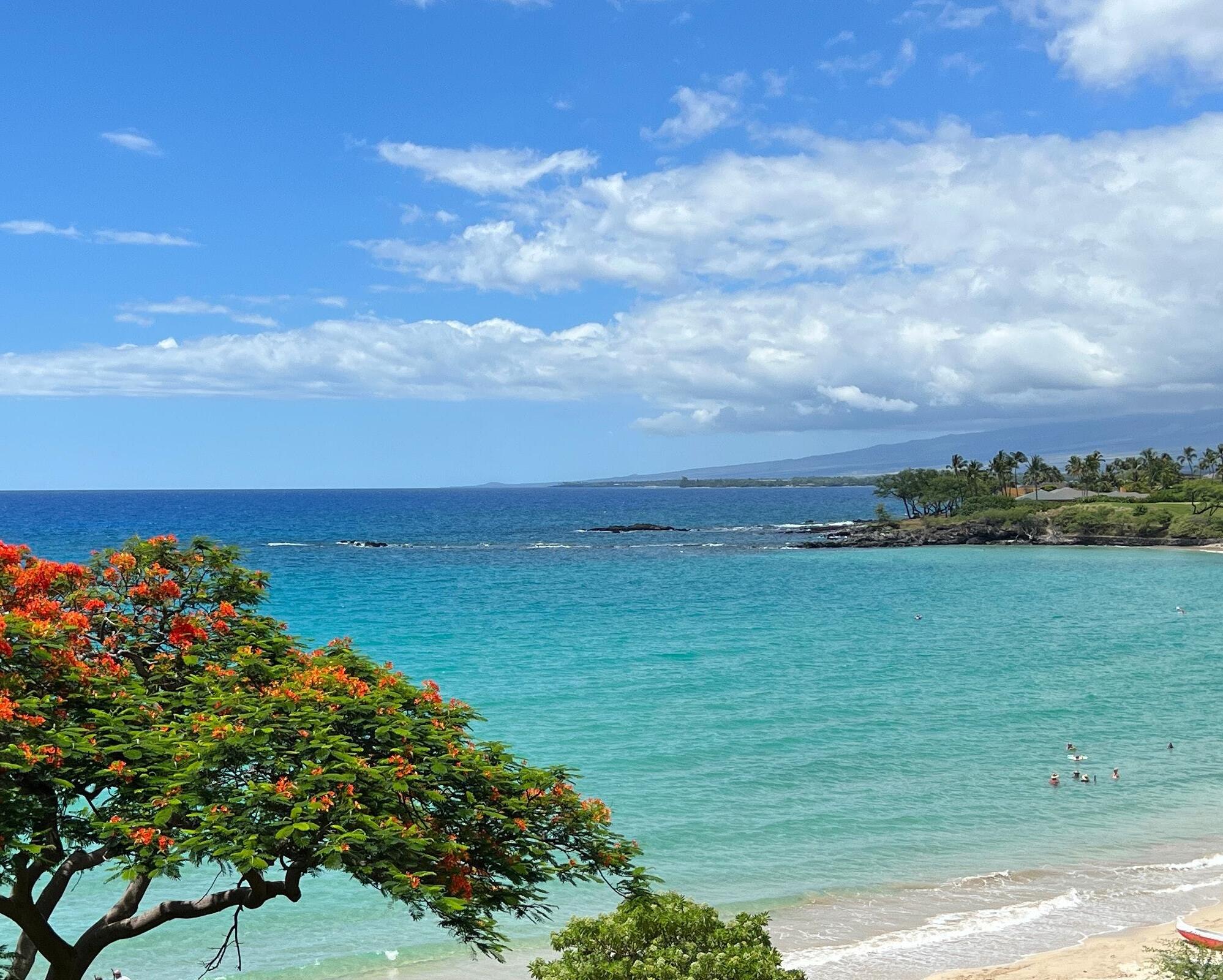


• The second, also shown above, focused on land use interventions. It enables users to draw custom shapes anywhere on the map and compare the projected impacts, both environmental and economic, of different agricultural or forestry interventions on different areas to begin exploring how to most effectively rejuvenate the land.
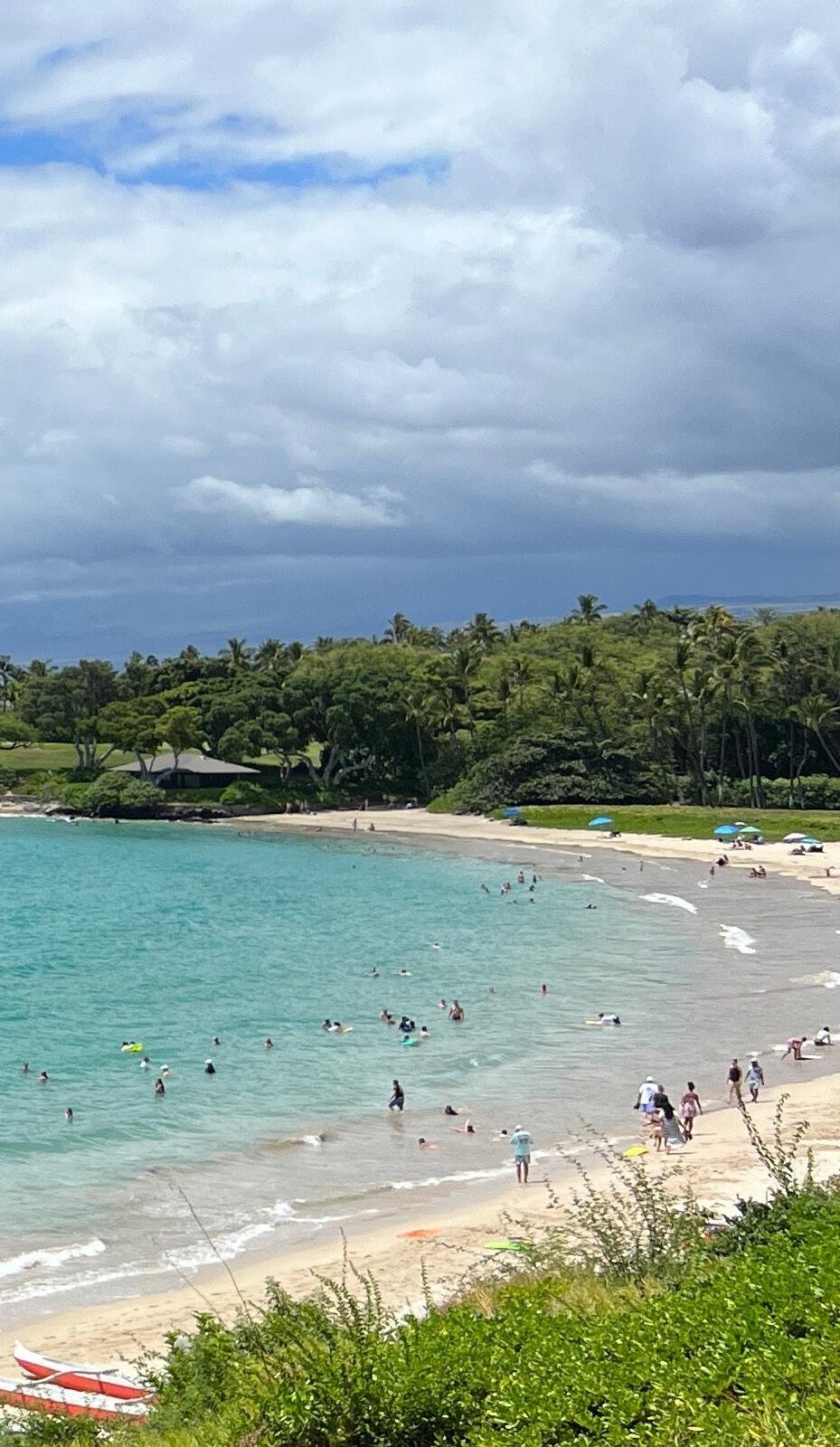

As a set, the three-part prototype delivered in Phase 1 demonstrated the value of Decision Theater’s approach, integrating data, community insights, and advanced technology into tools that are actionable and meaningful for Hawai‘i’s leaders. It successfully built the relationships and laid the groundwork for expanded capabilities and future phases to address the island’s ongoing and evolving challenges in ever more comprehensive and dynamic ways.
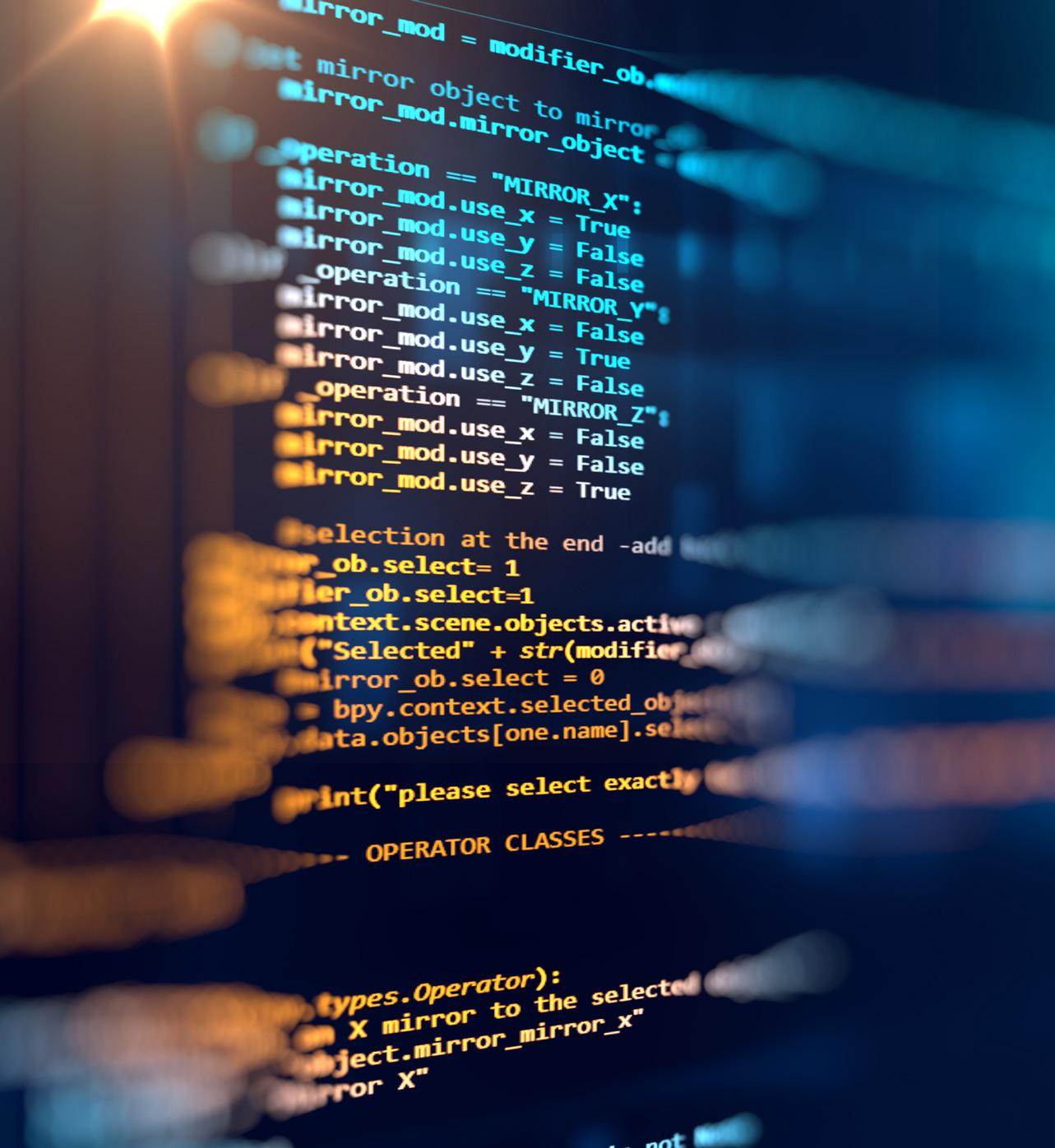
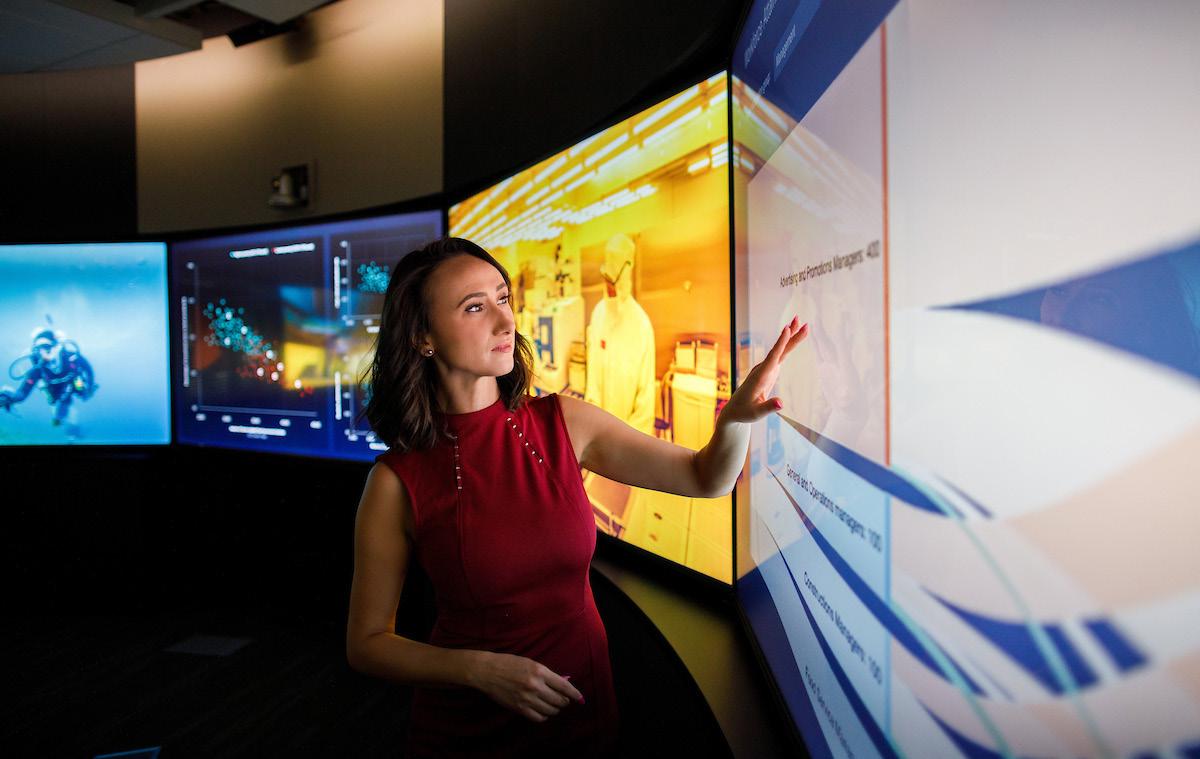


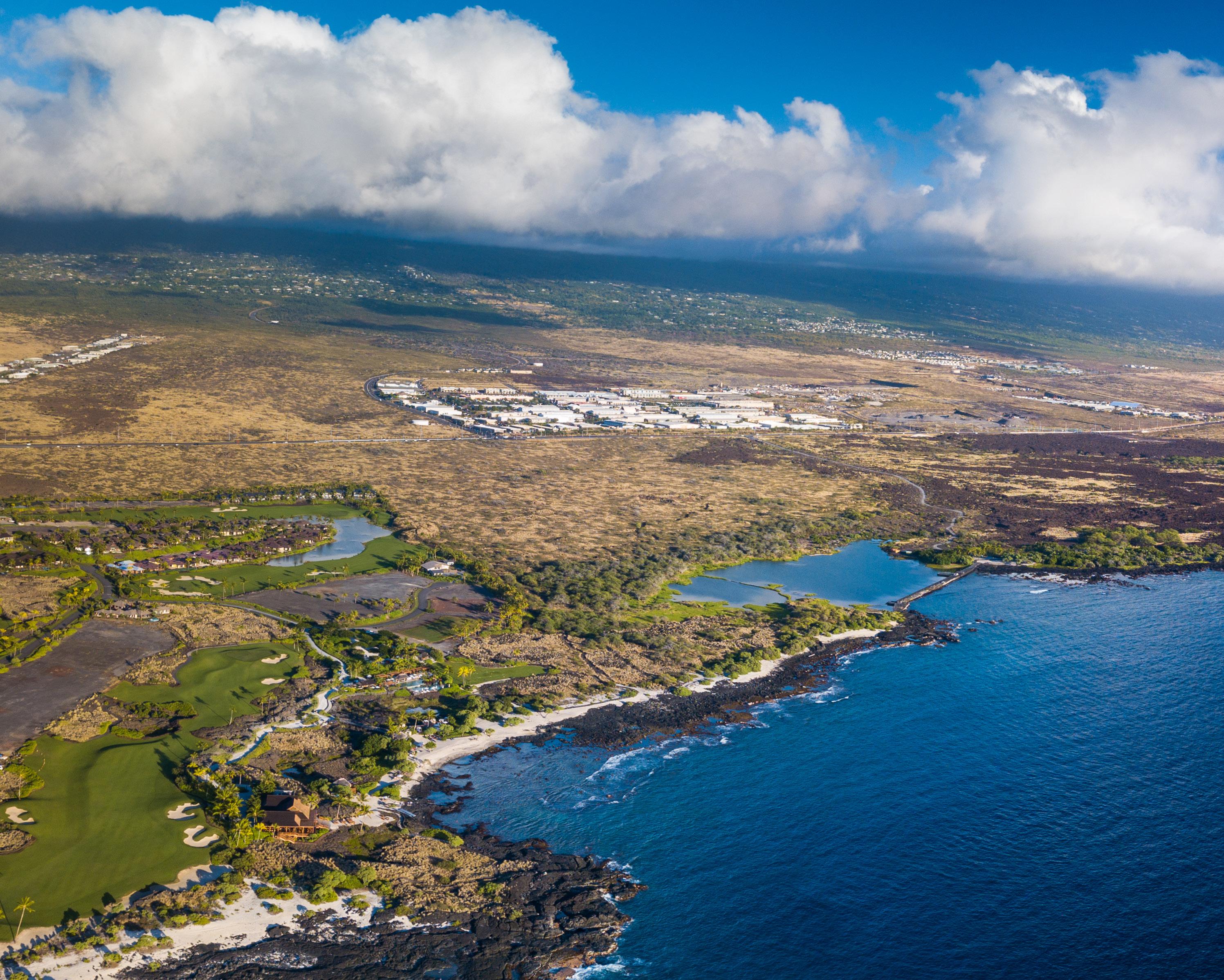

With the success of Phase 1 paving the way for exponential impact, in Phase 2 we will transform our existing prototype into a fully realized tool to dynamically explore future scenarios, tailored specifically to Hawai‘i while remaining modularly adaptable for application to other islands and regions worldwide. This will take the prototype beyond its current capabilities, incorporating additional features and datasets at higher levels of integration, while refining the user interface to ensure accessibility and ease of use for a broad range of stakeholders.
As Hawai‘i and other island nations face unique economic, environmental, and societal challenges, this investment will deliver data-driven insights and scenario planning capabilities that are both impactful locally and scalable globally.
Phase 2 will include the following evolutions of the Phase 1 components:
1. Process to Playbook → Community-defined Modular Development Playbook
2. State of the Region → Digital Twin
3. Scenario Models → Dynamic Models for Scenario Planning
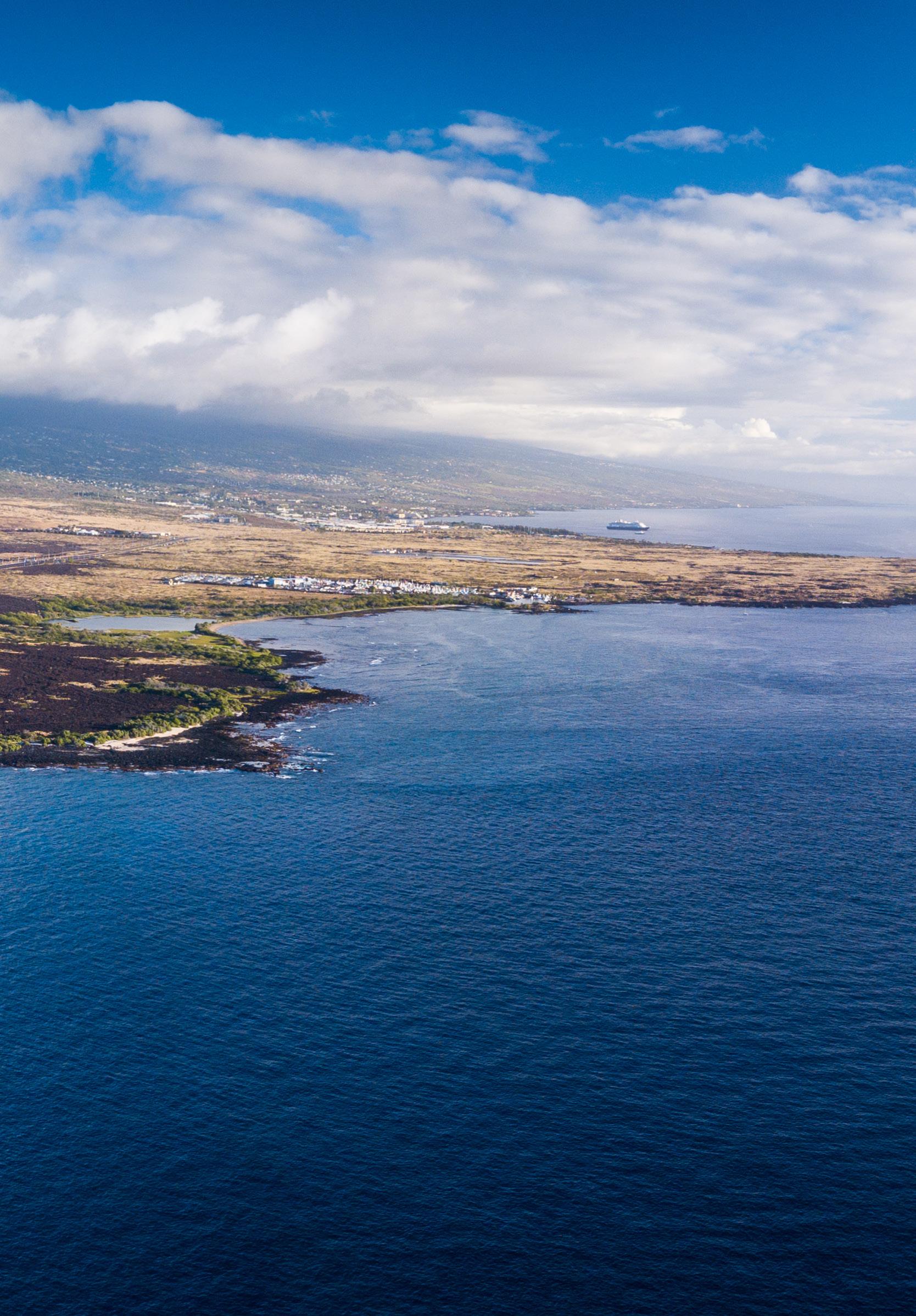
Our iterative loop weaving together humancentered design, data analysis and modeling, and advanced technology will continue to be the foundational core of our work in Hawai‘i, and the Playbook for implementing these approaches will continue to be expanded and refined in Phase 2 to ensure it captures even greater detail for adaptability to future applications.
The playbook will elaborate on the iterative cocreation processes that build trust and ensure tools are relevant, inclusive, and actionable. It will also include documentation of best practices, modular tools, and scalable methodologies that will ensure that the processes remain flexible enough to adapt to different regional contexts while maintaining the rigor and effectiveness demonstrated in Hawai‘i. This enhanced playbook will serve as both a guide for fostering meaningful community collaboration and a roadmap for addressing complex challenges in ways that build alignment and empower action.
A cornerstone of Phase 2 will be the development of a digital twin for the island of Hawai‘i–a virtual representation of the island created by enhancing the number of data layers in the Phase 1 “State of the Region” from the current 60 to several hundred. This comprehensive repository will integrate data across dimensions such as health, housing, land use, and other key systems, offering stakeholders an unparalleled ability to explore the island’s current state in fine detail.
By creating this digital twin, we will empower policymakers, community leaders, and residents to visualize interconnections and dependencies within Hawai‘i’s systems, leading to more informed and holistic decision-making that accounts for the multifaceted nature of Hawai’i’s challenges.
Community engagement will remain central to the process, ensuring that stakeholders can explore the dimensions of highest priority to them. Whether examining the current state of health disparities, evaluating educational outcomes, or analyzing housing shortages, these visualizations will provide an intuitive platform for exploring challenges and identifying opportunities for improvement.
Phase 2 will significantly expand the prototype’s scenario planning capabilities, incorporating dynamic models for additional critical systems at a deeper and more multifaceted level. The sequence by which these systems will be modeled will be determined by the priorities identified during the co-creation process with community members to ensure the tool evolves in response to the most pressing needs of the residents it serves.
These dynamic models will enable stakeholders to weigh the trade-offs and impacts of various complex policy and planning decisions in a more holistic and interactive way, which enhances understanding and generates alignment to empower data-informed collective action.

Based on what was heard from the community in Phase 1, these are likely to include:



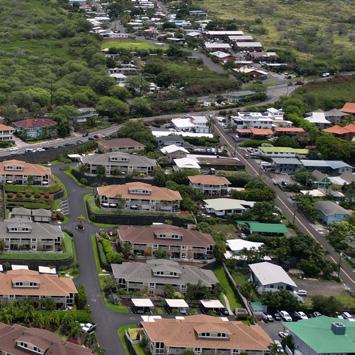



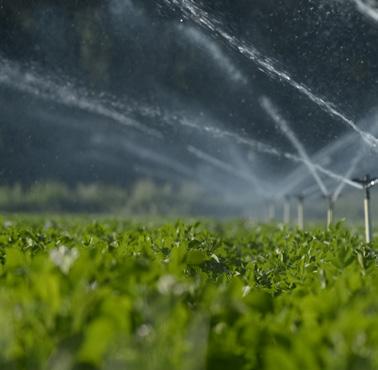
Phase 2 will not only deepen Decision Theater’s impact in Hawai‘i but also serve as a model for regional transformation worldwide by providing an adaptable framework that can be deployed in diverse settings to foster sustainable solutions through proven strategies. By addressing interconnected systems such as health, education, and housing in a localized context, this tool will deliver actionable insights that improve quality of life and sustainability for the island’s residents. Its scalability and adaptability ensure that the lessons learned and tools developed in Hawai‘i can be applied to regions facing similar challenges, making this a powerful investment in both local and global solutions.

Visualizing data and developing dynamical models for specific dimensions of the complex system that is Hawai‘i is only the beginning. While this work supports decision-making and fosters the alignment of diverse communities behind a shared vision of the future, each individual piece as shown in the prototype cannot fully address the complex interdependencies of the system.
The next level of the tool will represent the overall system and its connectivity by linking the individual models of specific dimensions into one composite and dynamic whole.
THOUGHT-BUBBLE For example: Which economic transformations are possible depends on the available workforce, which itself is the product of the educational system. Choices about which industries to champion will have consequences for the average wages earned. Wages determine what housing options are affordable, while supply chain dependencies and decisions about energy and food systems have a large impact on cost of living. Environmental regeneration not only supports natural resources and sustainable industries, but also contributes to health outcomes. And in small and geographically diverse communities, designing an adequate health system provides its own set of complex challenges, which is also interconnected to the workforce and education system, both as input and impacted factors.
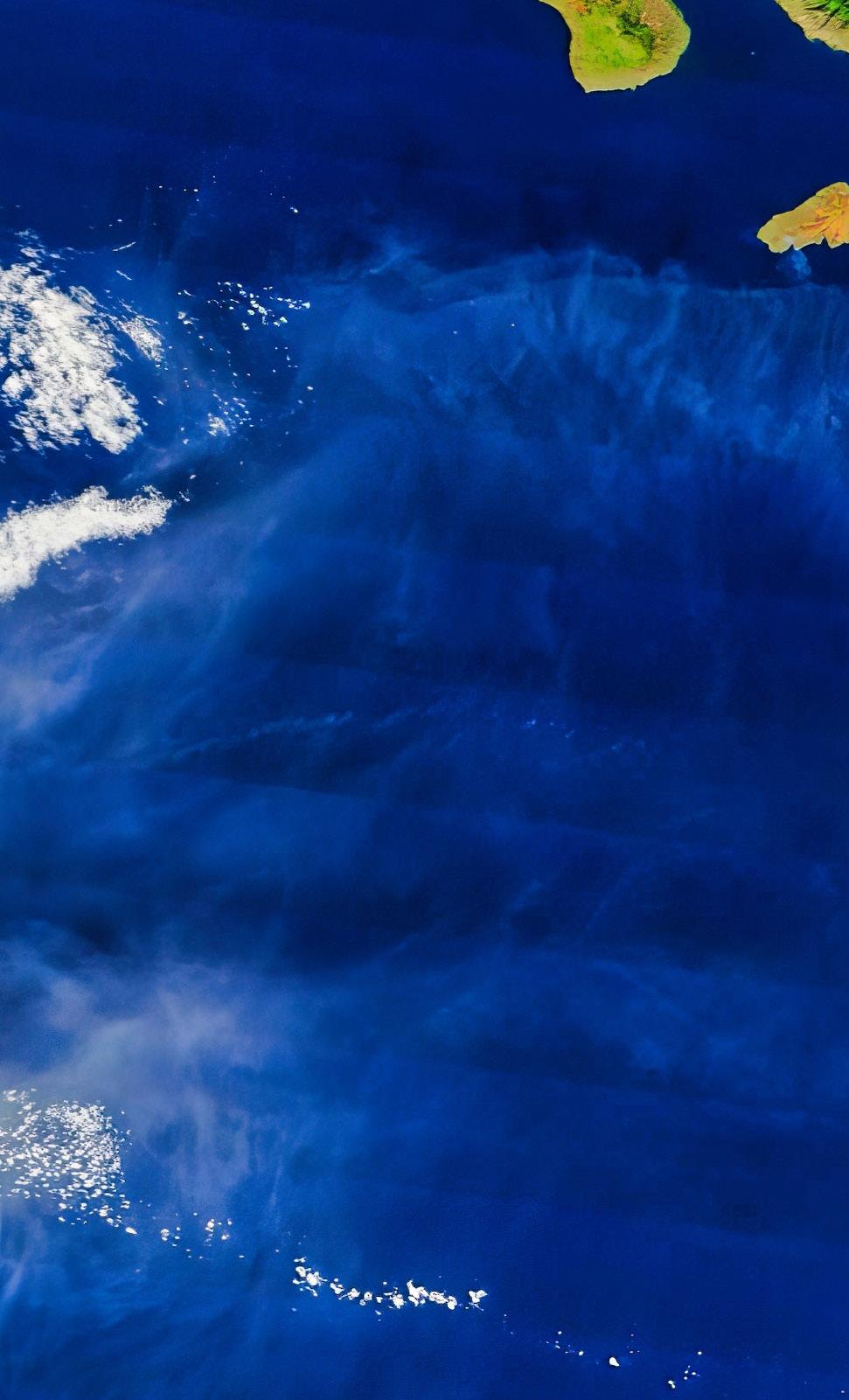
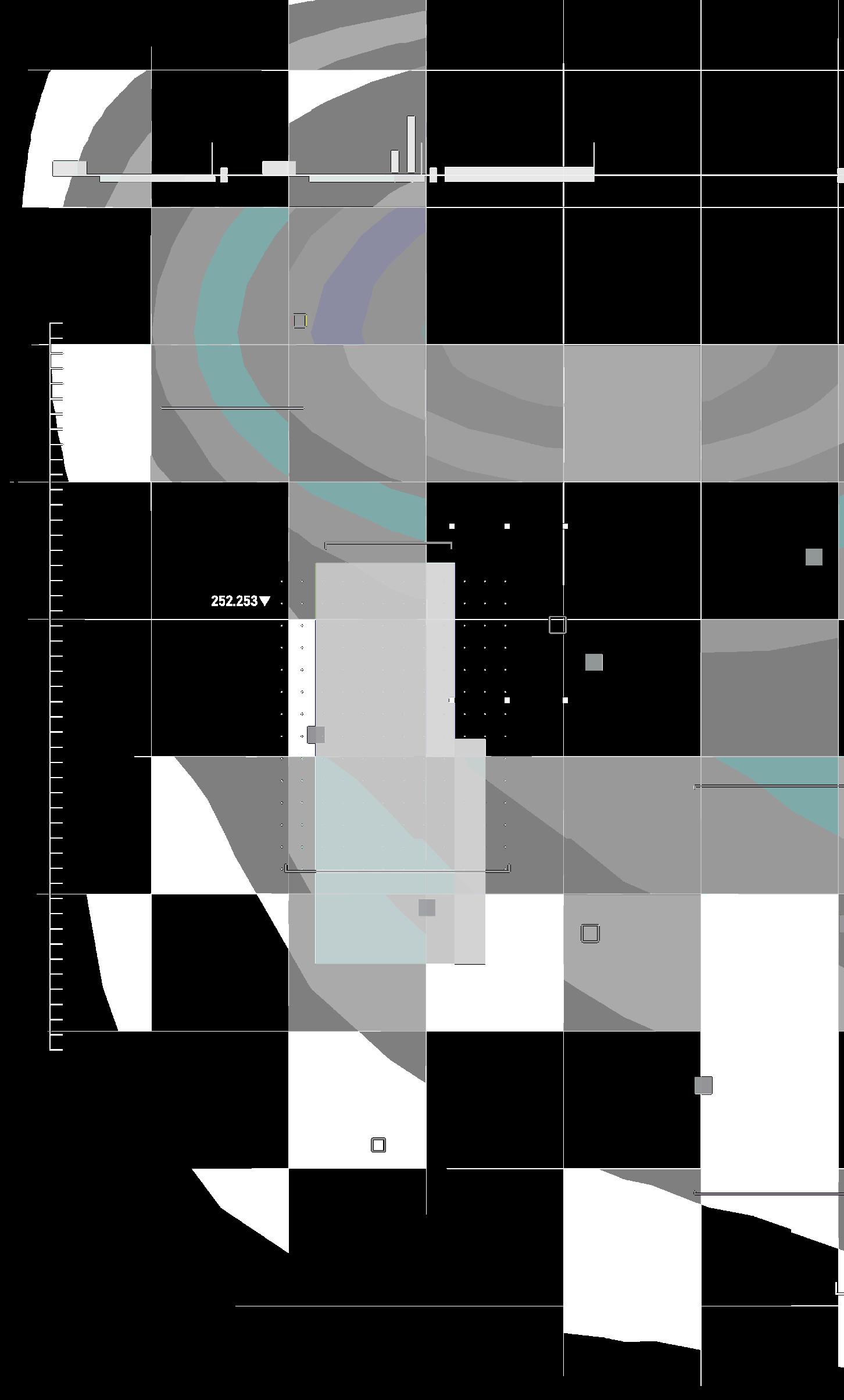

No previous model has attempted to represent the entirety of interdependencies and complexities of a regional system. Developing the Hawai‘i prototype into such a comprehensive model will offer novel perspectives into decision-making and suggest new pathways into sustainable thriving futures.

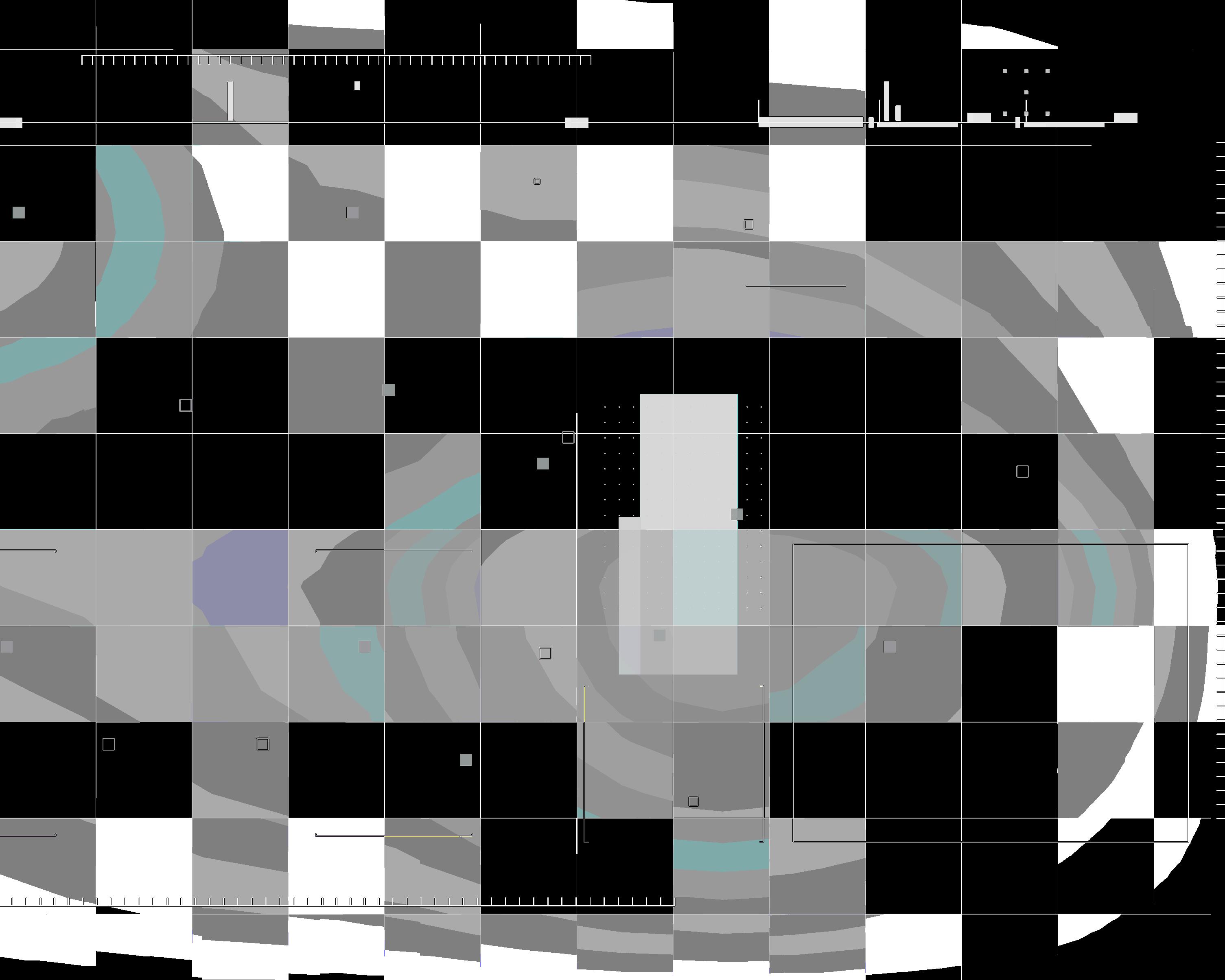

The ambitious goals outlined thus far require new evolutions of the Decision Theater methodology and technology. Specifically, as detailed in the following pages, we plan to:
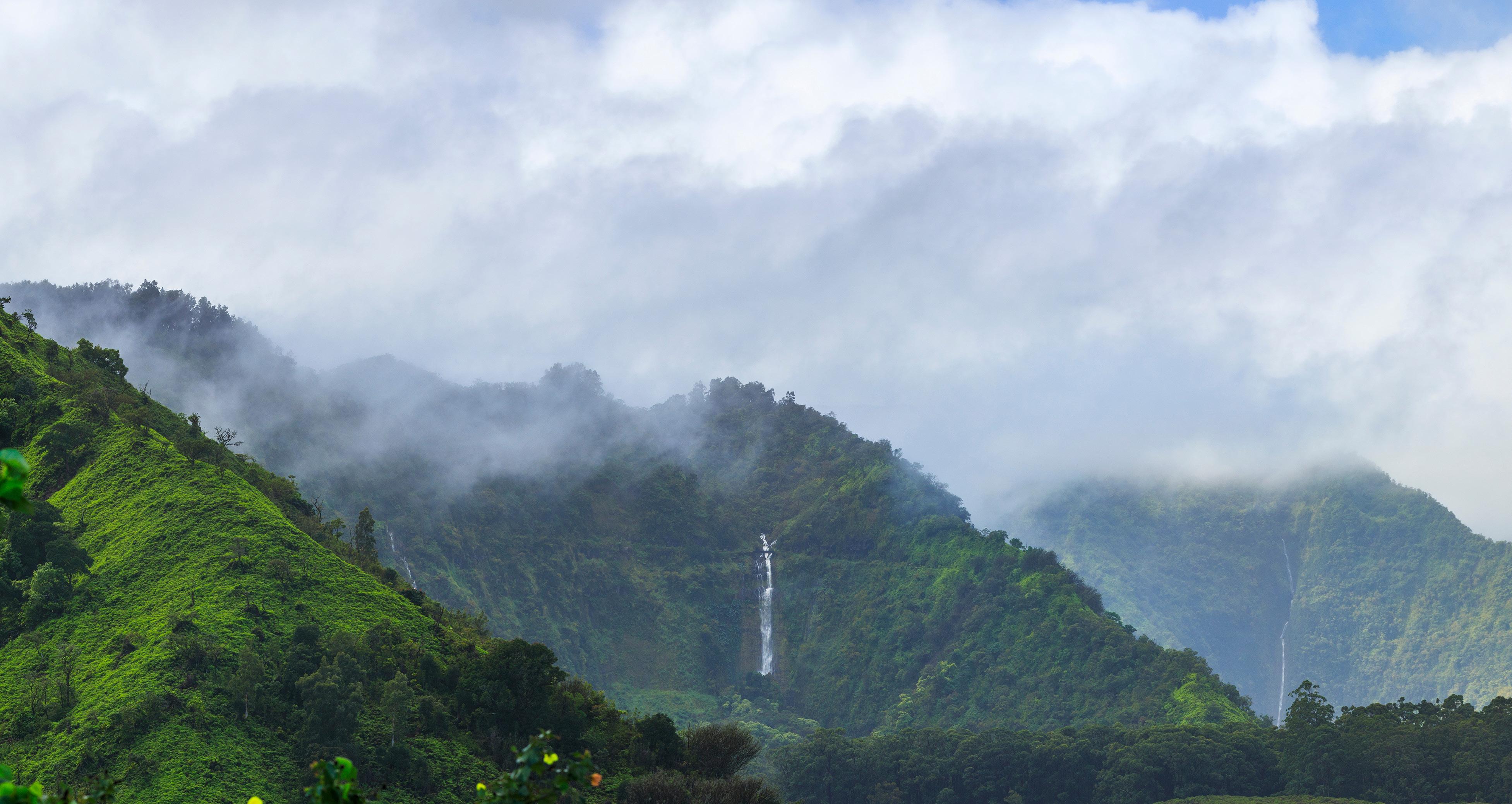
1. Transform the current complex system modeling framework into an API-based framework.
2. Add a notebook-based control and documentation layer.
3. Integrate AI agents into the DT framework to respond in real time to new ideas.
5. Connect DT to Virtual Reality in order to enable distributed DT experiences.
4. Sync our DT experience to a dynamically updated digital twin.
6. .Democratize DT by developing scaleddown tools for communication platforms.
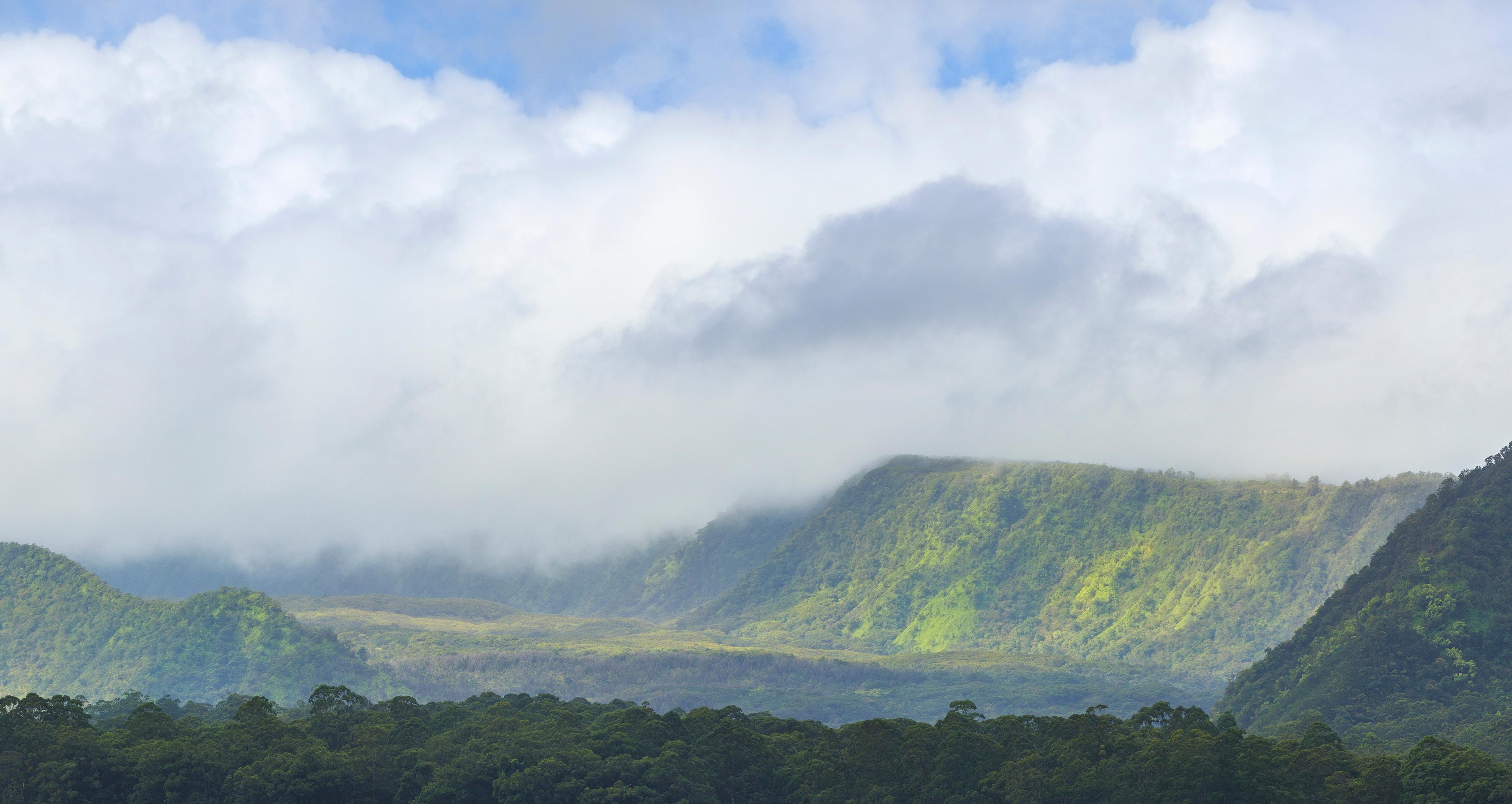


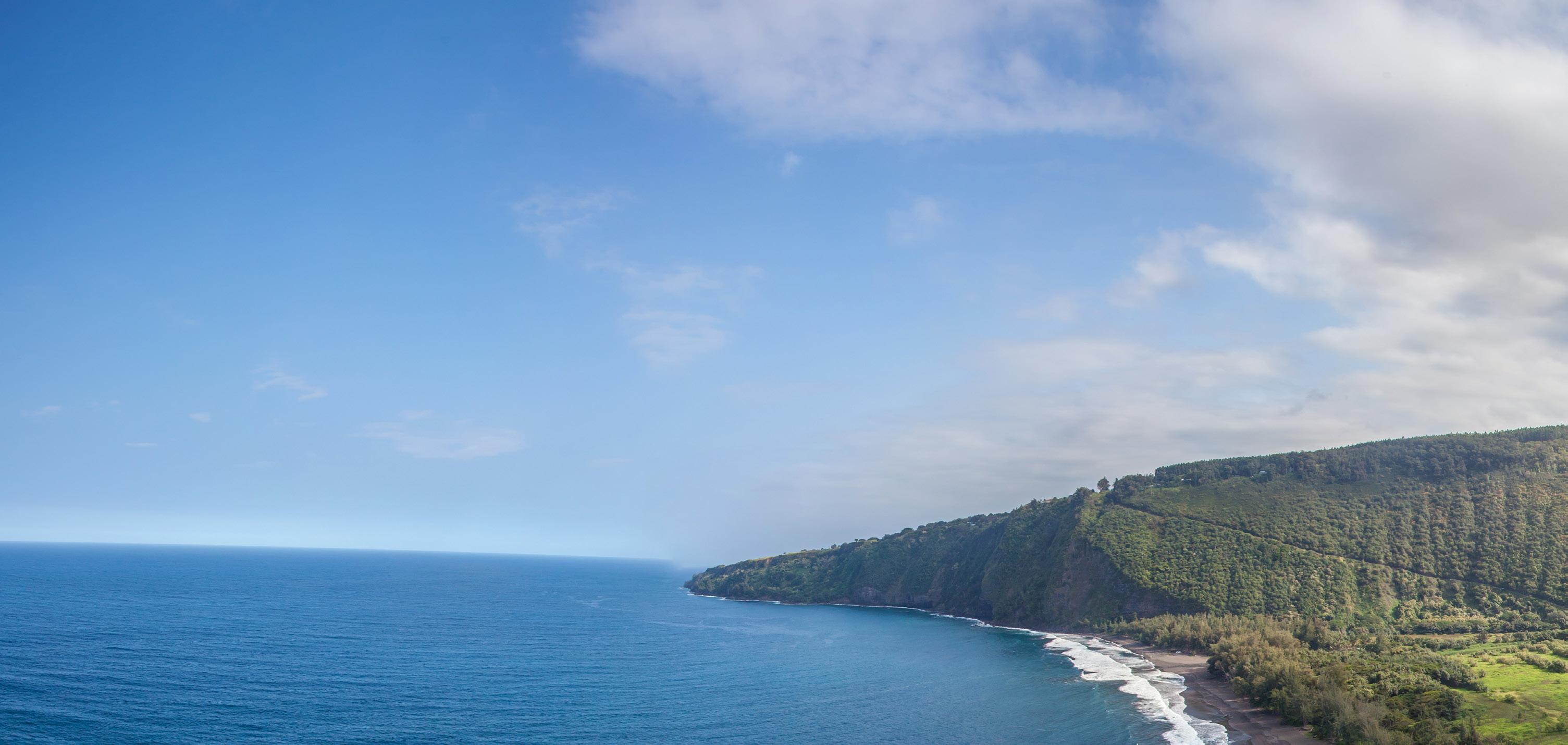
Decision Theater currently runs on a custom built computational platform that integrates different datasets, models and visualization tools into dynamic models to create scenarios that allow stakeholders to analyze the consequences of their decisions. It deploys the results of these real time computations through web interfaces. The current framework has reached its limits. To overcome scale limitations, we are creating an
API-based framework that will allow us to integrate more and more complex models and datasets, taking advantage of parallel computation.
An API-based framework also facilitates easier integration of third party tools and applications into the Decision Theater as well as the incorporation of Decision Theater methodology and approaches into outside systems.
Every Decision Theater engagement presents a unique case study in generating alignment and empowering decision-making. A backend notebook architecture would allow us to capture, document, and learn from all these DT experiences. Additionally the collected notebook libraries can be analyzed and fed back into the design of Decision Theater models and experiences for more effective engagements. In a future step the backend notebook can also be combined with an AI agent as a control unit for DT experiences. These notebooks will enable the Decision Theater to not only support decision-making, but become a resource for the study and refinement of the fundamental processes for generating alignment and decision science in diverse groups of people with different interests.

To maintain our current technological and methodological lead we need to rapidly integrate AI into the Decision Theater framework. Whereas we currently deploy various types of AI and LLMs within DT in an opportunistic fashion, the next version of DT will be founded upon agentic AI. This will include specific applications to analyze and visualize data, harness the expertise of domain specific LLMs, and deploy the knowledge base and existing libraries of DT, as well as various agents to write code in real time. It will also feature the deployment of a live AI research assistant that can be called upon during sessions in an interactive manner to respond in real time to new questions and ideas as they arise.
These interactive AI agents will also be part of the notebook-driven control structure for DT. Here we envision the following use case. AI agents can assist the facilitator during DT engagements by allowing for instantaneous development of initial models and data visualizations based on stakeholder feedback as it is received. These agents can display data and models relevant to the subject of the DT engagement in real time, including writing the code for deploying those in a seven-screen experience. This will allow for even richer experiences than our current DT processes allow. It will scale up the level of complexity we can address and speed up Decision Theater processes and engagements.
Digital Twins are an increasingly ubiquitous feature in many domains of research and policy. Connecting these 3D data representations with live updates of measurements creates animations of dynamical processes in 4D. However, as a tool for decision-making, digital twins have so far not been particularly useful as they lack the ability to connect with decision-based scenarios.
We will create an interface between the Decision Theater methodology— our seven-screen facilitated system for alignment and decision-making— and dynamical digital twins as 4D visualizations and representations of these challenges. These applications will be particularly useful for our work on regional transformations.

While dynamic digital twins are an advancement in visualization that is useful for specific applications, virtual reality allows for yet another form of experience that can support the alignment of visions and decision-making in more varied contexts.
Medium-term we see two types of applications:
• Develop a VR-based Decision Theater. This will allow us to move beyond the limitation of requiring participants in Decision Theater engagements to be in physical proximity. VR would allow for a distributed shared experience, which will open a whole new set of DT use cases.
• Integrate DT into ASU’s Dreamscape Learn experiences. Dreamscape Learn is ASU’s innovative VR curriculum, which has dramatically enhanced student success and significantly narrowed the attainment gap among all students, including those who are Pell eligible. One of the educational goals of ASU is to prepare students as stewards of a sustainable planetary future. For that, we have to train them how to anticipate the often unintended consequences of decisions and actions, and we can do that by integrating DT methodologies into Dreamscape environments for experiential learning.


Another scale limitation of the current Decision Theater is the number of people that can participate in engagements. To be successful – in eliciting meaningful engagement from participants, communicating effectively, aligning around a shared vision, deliberating and deciding – there is an upper limit of 20 people at a time. We plan to build Decision Theater instances that can harness the full powers of wider and more accessible deliberations, while still preserving the unique DT features of evidence- and model-based decision-making.
This goal can be reached by developing a plugin version of the DT suitable for existing communication platforms institutions are already using, such as Slack. This seemingly scaleddown version of the DT would still support the integration of diverse perspectives and data resources, generate alignment of a shared future vision, and foster collectively informed decisionmaking, yet be able to do so in a more distributed and democratic way for organizations.

The methods, technologies, and strategic investments that have been outlined here are not just about advancing capabilities; they are about unlocking the potential for real world impact.
The advancements we are pursuing will enable data-driven, human-centered, and technologically sophisticated solutions that can transform decision-making at scale, ensuring that regeneration is not just an aspiration, but an actionable reality.
These innovations in decision-making are the key to align data, insights, and diverse points of view to generate tangible, onthe-ground change for improving planetary health, starting in Hawai‘i and expanding to communities worldwide.

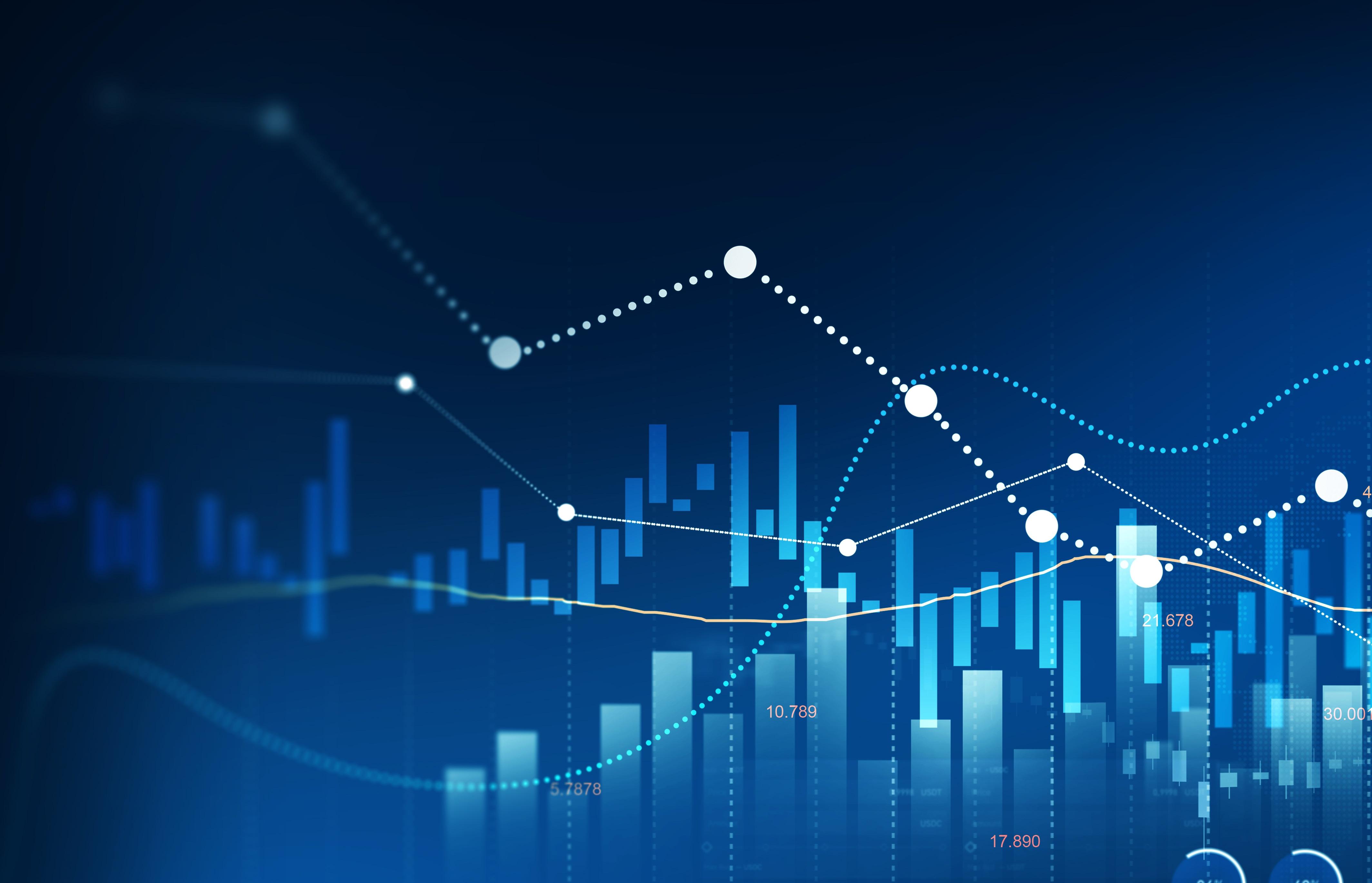
This work is already in motion.




As we now look to serve the fire-scarred landscapes of Maui and Los Angeles, regeneration is not just an ideal; it is a necessity. In these regions, rebuilding efforts must go beyond restoration. They must be regenerative — designed to revitalize ecosystems, strengthen community resilience, and create adaptive, thriving environments for the future.
Decision Theater is there to assist and is uniquely positioned to provide the triad of data intelligence, digital tools, and collaborative human-centered frameworks that will empower local leaders, policymakers, and diverse communities to make the most informed, forward-thinking choices. With continued support, we can scale these solutions far beyond individual projects to build a regenerative approach that can be applied across diverse regions, industries, and governance structures.
The momentum is here. By investing in pathways towards regenerative planetary health, we are not just mitigating crises; we are pioneering a future where people and the planet thrive together.
We invite you to join us in this transformation.
To transform decision-making through the co-creation of data-driven tools, methods and experiences that engineer curiosity, explore possible futures and empower societies to address complex local and global challenges.
dt .asu.edu
